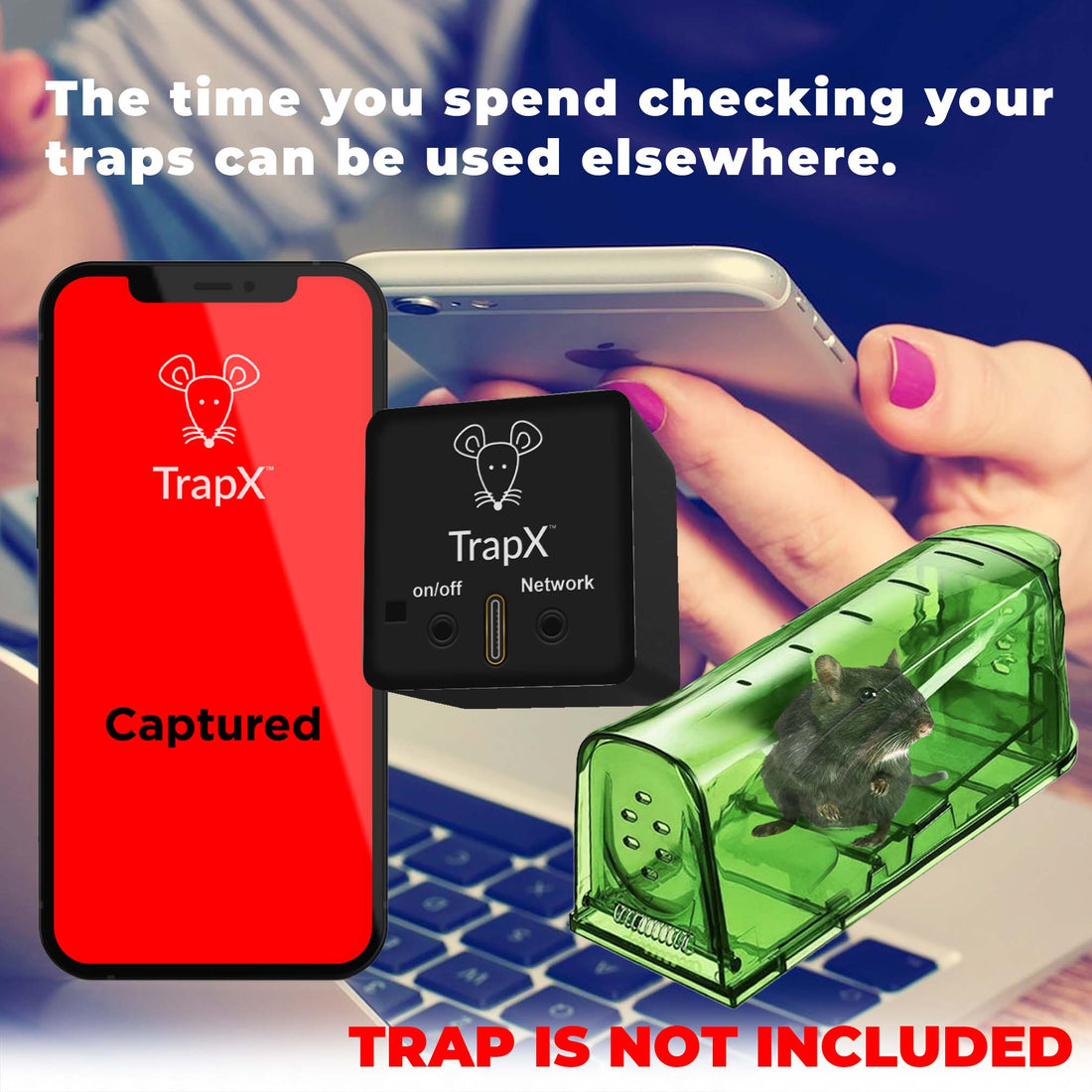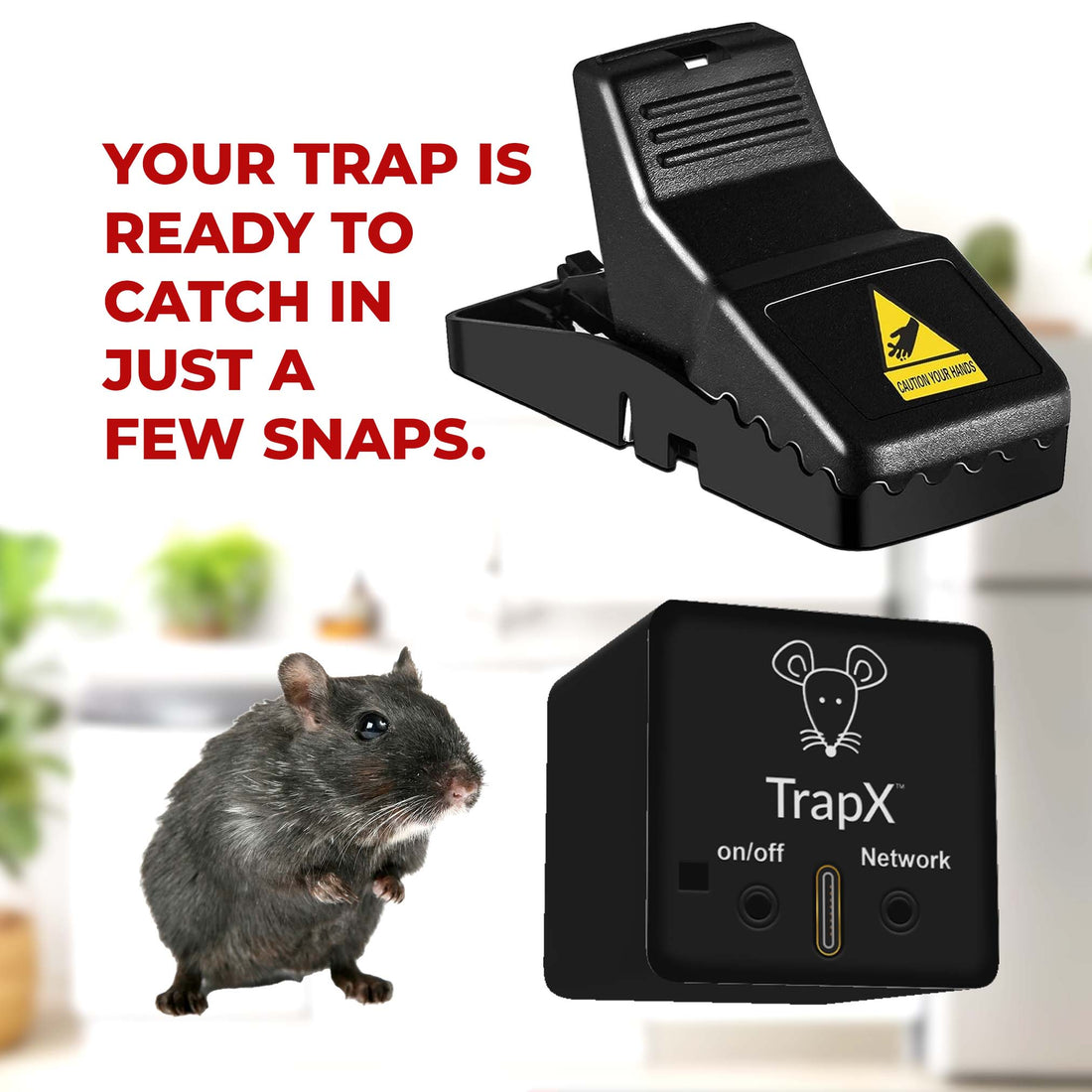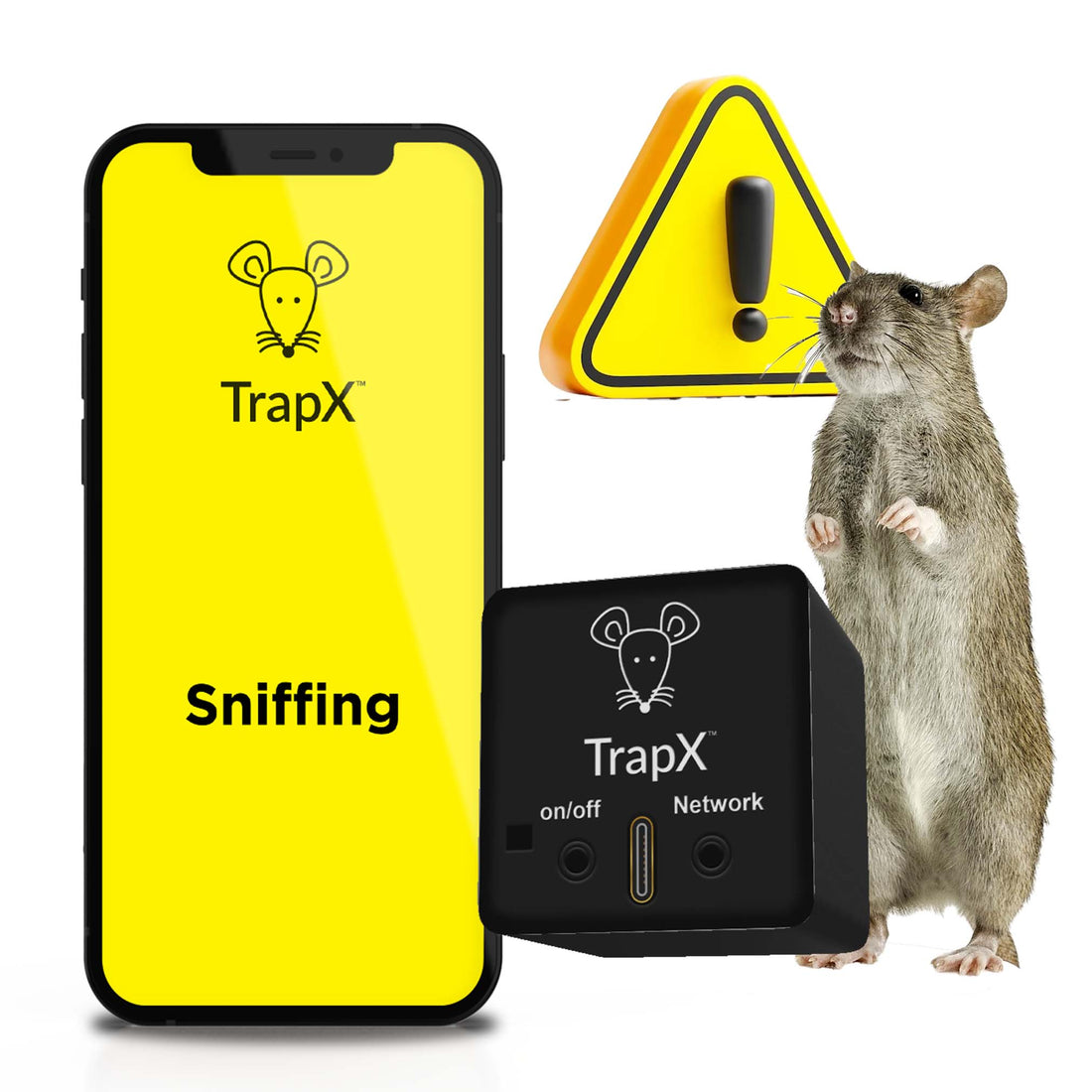Smart Pest Control Technology: Revolutionizing the Way We Manage Pests
Share
As our world becomes increasingly digitized, the way we approach pest control is undergoing a revolutionary transformation. Traditional methods of pest control, which often involve harmful chemicals and inhumane traps, are being replaced by more advanced, humane, and efficient solutions. Welcome to the era of smart pest control technology.

What is Smart Pest Control Technology?
Smart pest control technology refers to the use of advanced digital tools and techniques to manage and eliminate pests. These technologies leverage the power of the Internet of Things (IoT), artificial intelligence (AI), and real-time data analytics to detect, monitor, and control pest populations with greater precision and efficiency.
Advantages of Smart Pest Control Technology
One of the primary advantages of smart pest control technology is its ability to provide real-time monitoring and data-driven insights. Traditional pest control methods often involve periodic inspections and reactive measures, which can be inefficient and ineffective. With smart technology, pest control professionals can receive instant alerts and take proactive measures to prevent infestations before they become a significant problem.
Another significant advantage is the humane and ethical approach to pest control. Smart technology allows for the use of non-lethal traps and deterrents, reducing the need for harmful chemicals and inhumane methods. For more information on ethical pest control, check out our articles on ethical pest control.

Key Technologies in Smart Pest Control
1. IoT Sensors
Internet of Things (IoT) sensors are at the heart of smart pest control technology. These sensors can be placed in various locations to detect pest activity in real-time. They monitor environmental conditions such as temperature, humidity, and movement, providing valuable data that can be used to predict and prevent pest infestations.
2. Artificial Intelligence and Machine Learning
Artificial intelligence (AI) and machine learning algorithms play a crucial role in analyzing the data collected by IoT sensors. These technologies can identify patterns and trends that indicate pest activity, allowing for more accurate and timely responses. For example, AI can analyze data to predict when and where pests are likely to appear, enabling targeted interventions.
3. Smart Traps
Smart traps are another essential component of smart pest control technology. Unlike traditional traps, smart traps are equipped with sensors and connectivity features that allow them to notify pest control professionals when a trap has been triggered. This real-time information ensures that pests are dealt with promptly and humanely. Learn more about humane pest control.
4. Drones and Robotics
Drones and robotics are increasingly being used in pest control to access hard-to-reach areas and apply treatments with precision. Drones can be equipped with cameras and sensors to survey large areas, while robotic devices can be used to inspect and treat specific locations. This technology reduces the need for human intervention and minimizes the risk of exposure to harmful chemicals.

Applications of Smart Pest Control Technology
Smart pest control technology is being applied in various settings, from residential homes and commercial buildings to agricultural fields and urban environments. Here are some examples:
Residential Pest Control
Homeowners can benefit from smart pest control solutions that offer continuous monitoring and automated responses. Smart traps and sensors can be installed in key areas to detect and eliminate pests such as rodents, insects, and termites. For tips on dealing with rodent infestations, visit our rodent infestations blog.
Commercial Pest Control
Businesses can use smart pest control technology to maintain a pest-free environment, ensuring the safety and satisfaction of customers and employees. Restaurants, hotels, and retail stores can benefit from automated monitoring systems that detect pests and alert management to take swift action.
Agricultural Pest Control
In agriculture, smart pest control solutions help farmers protect their crops from pests without relying on harmful pesticides. IoT sensors and drones can monitor crop health and detect pest activity, allowing for targeted treatments that minimize environmental impact.
Urban Pest Control
Urban environments face unique pest control challenges, including the presence of rodents and insects in densely populated areas. Smart pest control technology can help city officials and pest control professionals address these challenges through real-time monitoring and data-driven interventions.
The Future of Pest Control
The future of pest control lies in the continued development and adoption of smart technologies. As these technologies become more advanced and accessible, we can expect to see even greater improvements in efficiency, effectiveness, and humane practices. The integration of AI, IoT, and robotics will continue to drive innovation in the pest control industry, ensuring a safer and healthier environment for all.
In conclusion, smart pest control technology is revolutionizing the way we manage pests, offering more humane, ethical, and efficient solutions. By leveraging the power of digital tools and real-time data, we can protect our homes, businesses, and communities from pests while minimizing harm to the environment. To learn more about the latest developments in pest control technology, check out our pest control technology blog.
May20.chat.5pass.general public.smart pest control technologyAs an Amazon Associate, I earn from qualifying purchases.
